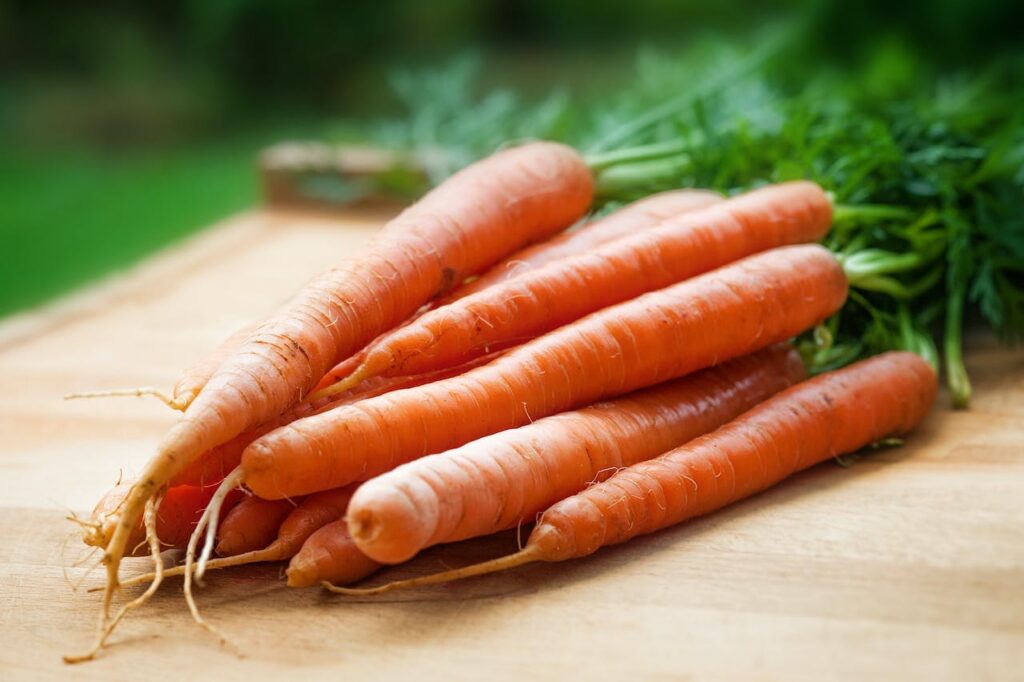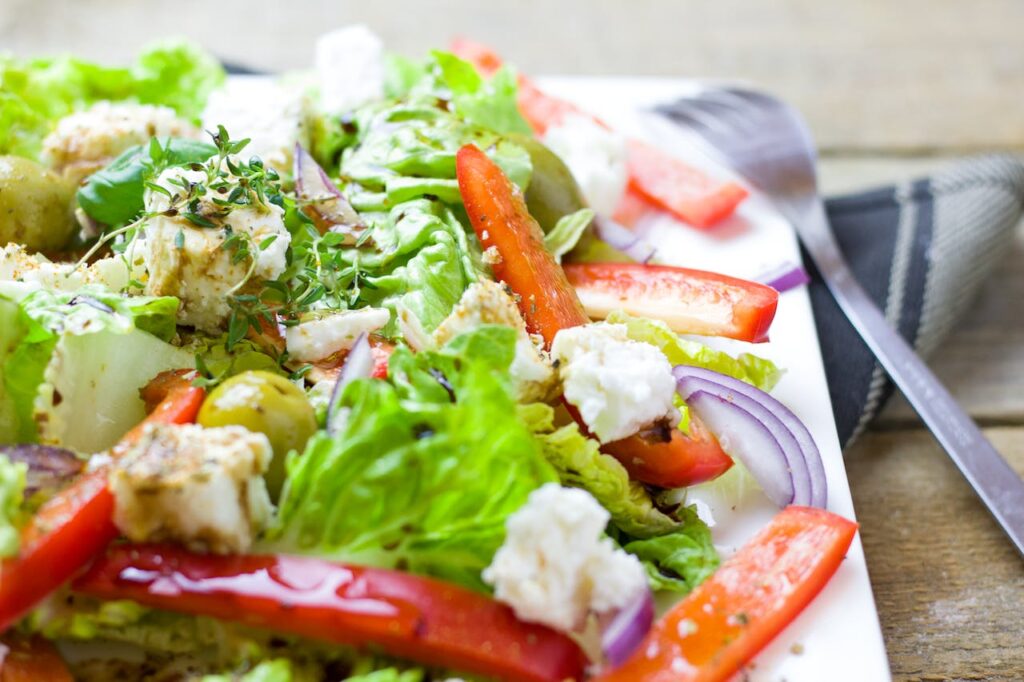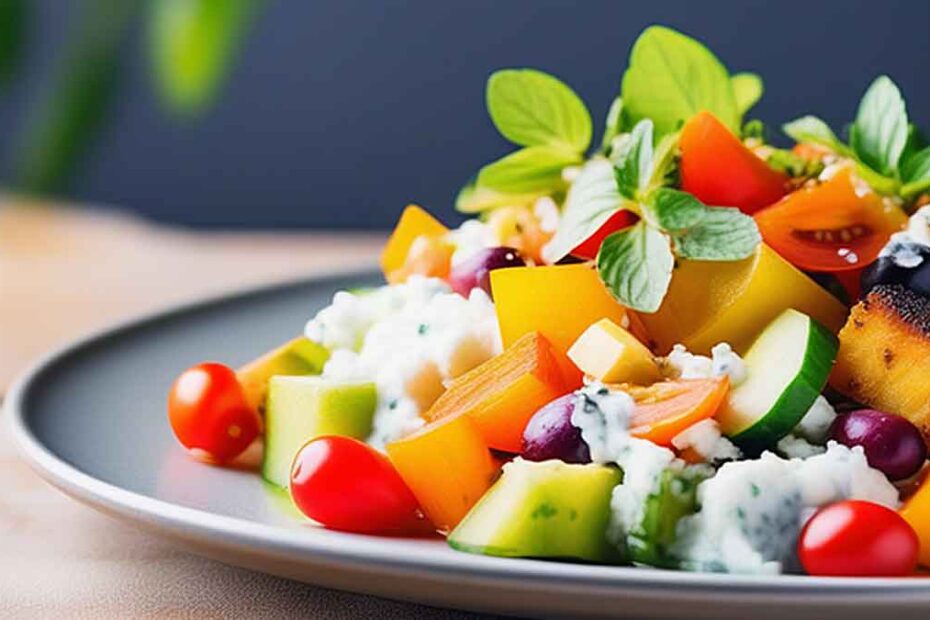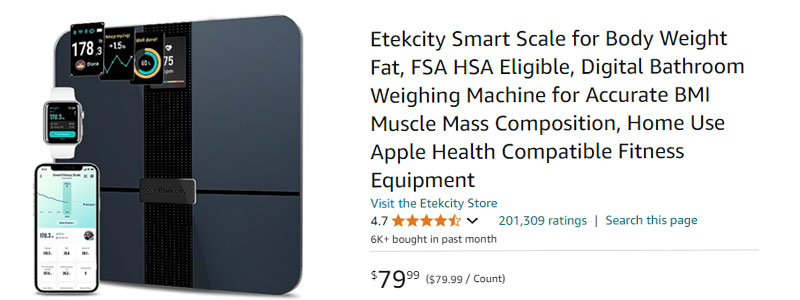Table of Contents
Here’s a sobering fact: only 1 in 10 adults eat enough vegetables daily, according to the CDC. If you’re reading this while mentally calculating when you last had a proper serving of broccoli, you’re definitely not alone.
But what if eating more vegetables didn’t feel like a chore? What if you could actually enjoy adding more veggies to your plate without completely overhauling your entire diet or forcing down kale smoothies that taste like lawn clippings?
The truth is, learning how to eat more vegetables doesn’t require willpower of steel or a complete personality transplant. It just requires the right strategies. Here are 10 proven methods that work for real people with real lives.
① Start Your Day with Veggies (Yes, Really!)
Most people think vegetables belong only at lunch and dinner, but breakfast vegetables can boost your daily intake by 25% without any extra effort.
Try adding spinach to your scrambled eggs, bell peppers to your omelet, or mushrooms to your breakfast sandwich. The key is choosing vegetables that actually taste good in the morning – think mild flavors like zucchini in pancakes or tomatoes on toast.
But here’s where it gets interesting…
② Use the “Stealth Veggie” Method

This technique involves hiding vegetables in foods you already love. Blend carrots into your pasta sauce, add finely chopped mushrooms to your ground beef, or mix cauliflower rice with regular rice.
Research from the American Journal of Clinical Nutrition shows that people who use this method consume 30% more vegetables without even noticing the difference. Your taste buds adapt gradually, making the transition almost effortless.
③ Apply the “One-Bowl Rule”
Here’s a simple commitment: eat one bowl of vegetables before anything else at lunch and dinner. Whether it’s a small salad, roasted vegetables, or raw veggies with hummus, this single habit can dramatically increase your intake.
The psychology behind this works because you’re not restricting anything – you’re just adding. That’s just the beginning though…
④ Master the Art of Veggie Prep
Spend 20 minutes every Sunday washing, chopping, and storing vegetables in clear containers at eye level in your fridge. Studies show that pre-cut vegetables are 3x more likely to be eaten than whole vegetables sitting in crisper drawers.
Pro tip: Cut vegetables into snack-sized pieces immediately. When hunger strikes, convenience beats good intentions every time.
⑤ Use the “Crowding Out” Technique

Instead of focusing on what you can’t eat, fill half your plate with vegetables first, then add everything else. This simple visual cue ensures vegetables take center stage without feeling restrictive.
The beauty of this approach is that you’re not dieting – you’re just reorganizing your plate real estate.
⑥ Embrace Frozen Vegetables (They’re Actually Better)
Frozen vegetables often contain more nutrients than fresh vegetables that have traveled long distances, according to the Journal of Food Composition and Analysis. Plus, they never go bad, cook faster, and require zero prep work.
Keep bags of frozen broccoli, peas, and mixed vegetables on hand for instant additions to any meal. Think of them as your veggie insurance policy.
⑦ Try the “Vegetable Snack Swap”
Replace one daily snack with vegetables and a tasty dip. Carrots with hummus, cucumber with tzatziki, or bell peppers with guacamole can easily add 1-2 servings to your day.
The key is making it feel like a treat, not a punishment. Choose dips you genuinely enjoy, and this becomes something you look forward to.
⑧ Use the “Veggie First” Cooking Rule
When cooking any dish, add vegetables to the pan first, then build everything else around them. Making stir-fry? Start with onions and peppers. Cooking pasta? Begin with zucchini and tomatoes.
This ensures vegetables are never an afterthought and helps you discover new flavor combinations naturally.
⑨Create “Vegetable Opportunities”

Look for meals where adding vegetables feels natural rather than forced. Smoothies, soups, sandwiches, and pasta dishes are perfect vehicles for extra vegetables.
Research shows that people who identify these “opportunity meals” increase their vegetable intake by 40% compared to those who try to add vegetables everywhere.
The secret is working with your existing habits rather than against them.
⑩ Try the “New Vegetable Challenge”
Commit to trying one new vegetable each week. Visit different sections of the grocery store, ask produce staff for recommendations, or explore international markets.
Many people think they don’t like vegetables when they’ve only tried a handful. There are hundreds of varieties, each with unique flavors and textures. You might discover your new favorite food is waiting in the produce aisle.
Making It Stick Long-Term
The biggest mistake people make is trying to change everything at once. Pick 2-3 strategies from this list and master them first before adding more. Remember, the goal isn’t perfection – it’s progress.
Start with the methods that feel easiest for your lifestyle. Maybe that’s keeping pre-cut vegetables visible in your fridge, or perhaps it’s adding spinach to your morning smoothie. The best strategy is the one you’ll actually follow.
Facts if You Eat More Veggies for Your Health
- Dr. Poonam Sachdev, MD, highlights that vegetables are rich in essential vitamins, minerals, and antioxidants, offering numerous health benefits. For example, carrots are exceptionally high in vitamin A, which is crucial for maintaining good eye health.
- The Nutrition Source from Harvard T.H. Chan School of Public Health states that a diet rich in vegetables and fruits can lower blood pressure, reduce the risk of heart disease and stroke, prevent some types of cancer, lower the risk of digestive and eye problems, and have a significant effect on blood sugar. This can help keep the appetite on track.
- According to a meta-analysis on Eufic, each additional 200 grams of fruits and vegetables per day was associated with 16% lower risk of stroke, an 8% lower risk of coronary heart disease, 8% lower risk of cardiovascular disease, 10% lower risk of premature death and 3% lower risk of cancer.
Frequently Asked Questions
How many vegetables should I eat per day?
The USDA recommends 2-3 cups of vegetables daily for adults. This equals about 4-6 servings, where one serving is roughly ½ cup cooked vegetables or 1 cup raw leafy greens.
What if I really don’t like the taste of vegetables?
Start with milder vegetables like carrots, bell peppers, or zucchini and gradually work up to stronger flavors. Try different cooking methods – roasting often makes vegetables taste sweeter and more appealing than steaming or boiling.
Are frozen vegetables as healthy as fresh?
Yes, and sometimes healthier. Frozen vegetables are picked at peak ripeness and flash-frozen, preserving nutrients. Fresh vegetables can lose vitamins during transport and storage.
How long does it take to develop a taste for vegetables?
Research shows it takes 8-10 exposures to a new food before most people develop a preference for it. Be patient with yourself and keep trying different preparation methods.
What’s the easiest way to start eating more vegetables?
Begin with vegetables you already tolerate and focus on increasing quantity before variety. Add them to foods you already enjoy rather than forcing yourself to eat plain vegetables.
Can I get enough nutrients from vegetable supplements instead?
While supplements can help, whole vegetables provide fiber, antioxidants, and compounds that work together in ways supplements can’t replicate. Think of supplements as insurance, not replacement.
What resources can I use to learn more about eating more vegetables?
For additional information on incorporating more vegetables into your diet, consult resources like:
Harvard T.H. Chan School of Public Health
Centers for Disease Control and Prevention (CDC)
American Heart Association
Key Takeaways
- Start small: Pick 2-3 strategies and master them before adding more
- Focus on addition, not restriction: Add vegetables to existing meals rather than cutting other foods
- Make it convenient: Pre-cut vegetables and keep frozen options on hand
- Experiment with preparation: Try roasting, grilling, or adding to dishes you already love
- Be patient: It takes time to develop new tastes and habits














